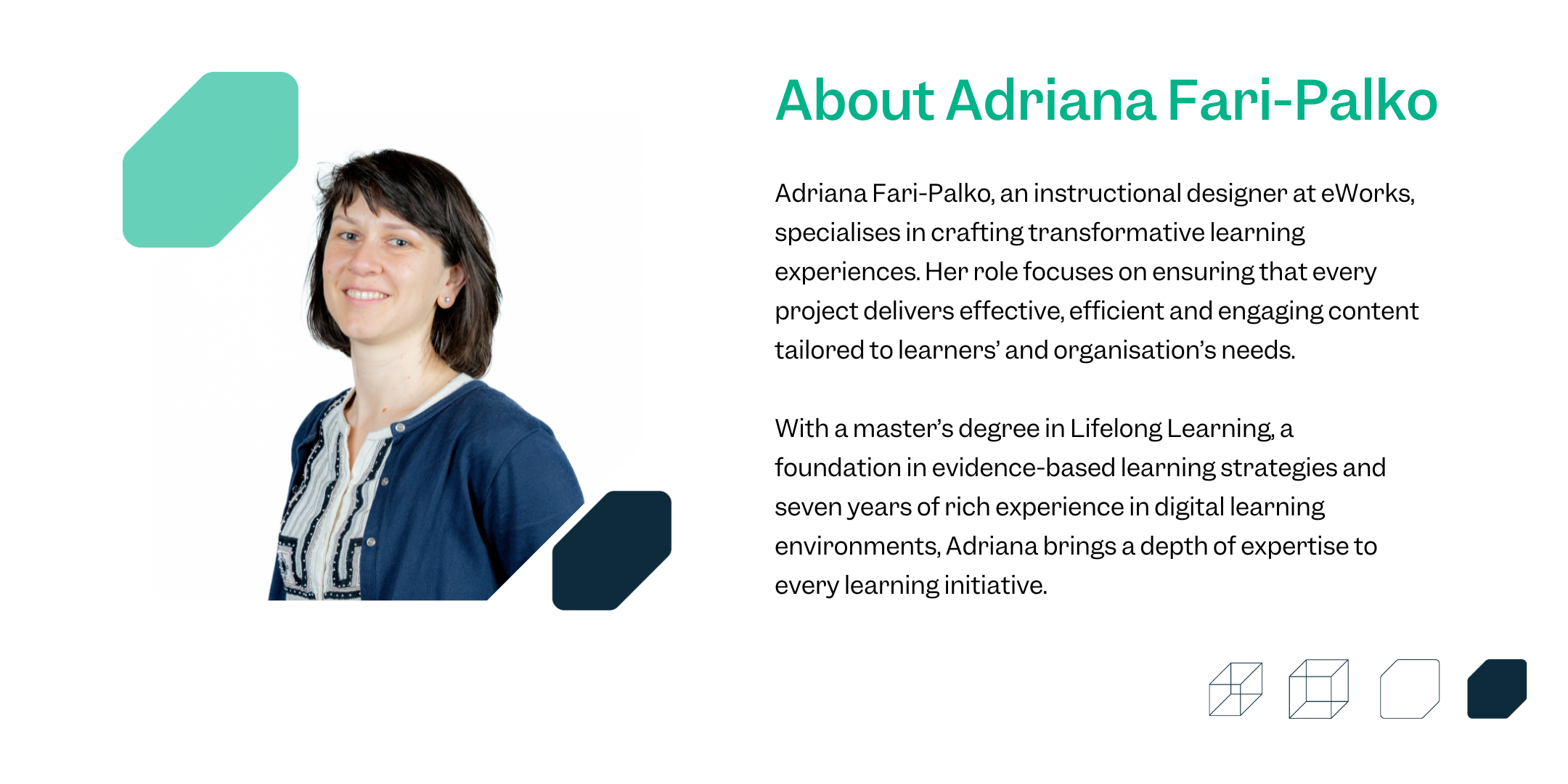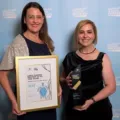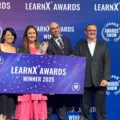The hospitality industry is like a bustling kitchen: a high-energy, high-pressure environment where the heat is always on to deliver memorable customer experiences. Staff are expected to juggle multiple tasks seamlessly, stay agile in the face of constant changes, and keep a positive, welcoming attitude no matter how frenzied the workplace.
How do you accommodate training for staff in this hectic work environment?
As a learning designer with a background in hospitality, Jason Goldingay offers five effective strategies for making on-the-job training easy and effective in busy hospitality environments.
- Design mobile microlearning
- Understand the progression of roles in the industry
- Pinpoint specific tasks
- Design for skills
- Speak the hospitality lingo
Effective learning design strategies for hospitality training
1. Design mobile microlearning
Imagine you’re the owner of a very popular high street café, starting your day at 6 a.m. with no time for breakfast, let alone an hour-long training session on upselling avocado on toast. In addition, in many hospitality venues such as cafés, hotels, restaurants and resorts, staff often don’t have access to their own laptops, making desktop eLearning impractical. So, how do you effectively train your staff in such a dynamic environment?
That’s where mobile microlearning comes in. Mobile microlearning fits perfectly into the fast-paced world of hospitality by delivering content in small, bite-sized chunks. Since hospitality staff are always on their feet and likely to have their phones on hand, they can complete a unit in a quick 5 to10-minutess of allocated training time. This approach recognises the unique demands of the hospitality industry, providing training that is both accessible and manageable within busy schedules.
2. Understand the progression of roles in the industry
At eWorks, every learning project begins with understanding our audience and profiling our learners. What does the learner already know and can do? What is the learning gap? According to Jason Goldingay, our resident subject matter expert, this approach is especially vital in the hospitality industry.
Jason: ‘Hospitality workers may often have only 5-10 minutes to spare, so we have a narrow window to address the learning gap. It’s all about making their time worthwhile. The key is pinpointing where each learner is now and what they need to progress. A kitchen hand might already be great at chopping onions, but do they know how to handle a rush of 50 orders at once? Probably not, and that’s a critical skill for moving up in the kitchen.
Understanding the specific competencies of each role and the progression of roles allows us to target the training precisely, ensuring that every moment spent learning is impactful.’

3. Pinpoint specific tasks
Now that you understand the industry and the progression of roles and have identified the learning gaps, it’s time to focus on specific tasks. Break down the learning objectives into focused, actionable tasks. A concise microlearning module can address each of these tasks.
Jason: ‘Time is money; there’s no room for fluff in hospitality. For example, how do you handle ordering produce if there’s no chef around? Staff need quick, targeted learning to solve problems immediately. For instance, a microlearning module might provide a simple checklist that guides them through the steps of completing a produce order on their own.’
4. Design for skills
In the hospitality industry, theory without practice is like a recipe without ingredients— it’s not going to get you very far. Staff need hands-on, practical training that they can use right away. That’s why scenario-based learning and real-time feedback are essential for building skills, not just knowledge.
Jason: ‘Scenarios should mirror real-world situations, helping staff learn to think on their feet. For example, in a microlearning module on having difficult conversations with guests, you could place a front desk employee in a scenario where the hotel is fully booked, and an overbooked guest arrives. The learner must navigate the situation, making quick decisions to keep the customer happy.’

5. Speak the hospitality lingo
Hospitality has its own unique language, and if your content sounds like it was written by someone who’s never stepped foot in a kitchen or stood behind a reception desk, your learners will notice - and they’ll check out from the task quickly.
Jason: ‘In a kitchen, there’s a whole different vocabulary. The jargon, the quick commands, the nods of understanding and a “oui chef” when told, ‘I need that gastro in the combi in 10.’ Your eLearning needs to speak that language, too. Learners need content from insiders who get the ins and outs of the job. I learned directly from a chef, but these days, with tighter budgets and more inexperienced staff than mentors, that kind of on-the-job training isn’t always possible. That’s where well-designed training steps in to provide the extra guidance that’s missing.’
***
By crafting eLearning that is as dynamic and adaptable as the industry itself, you equip your staff with the skills they need to excel.
Looking to do better hospitality training via microlearning?
At eWorks, we combine proven learning design strategies with the specific needs of each sector. Whether you’re navigating the fast-paced world of hospitality or working in a different industry, we’re here to help. Let’s chat about how we can enhance your training programs and empower your team to excel.
Reach out to us today for a free consultation at sales@eworks.edu.au.




